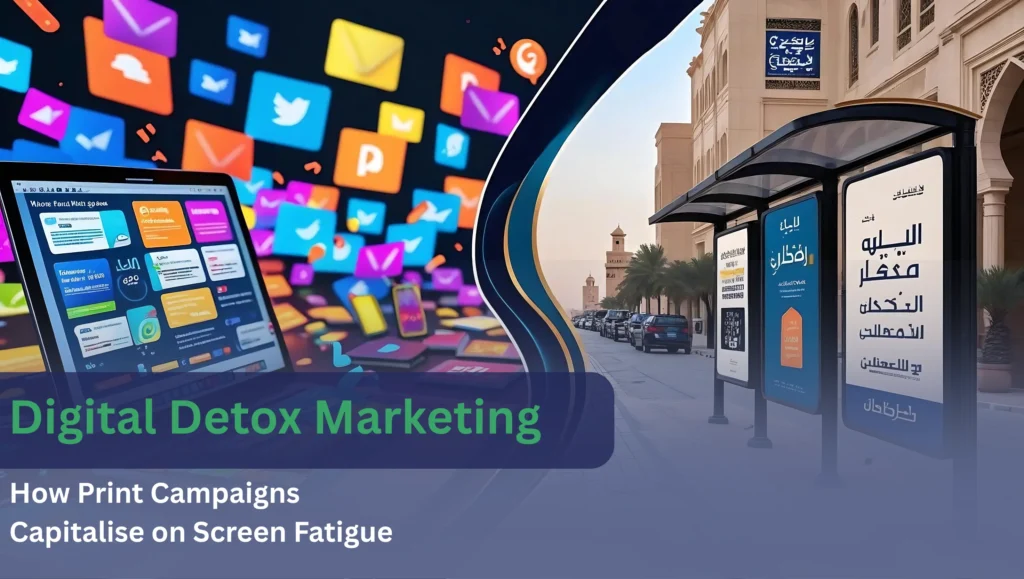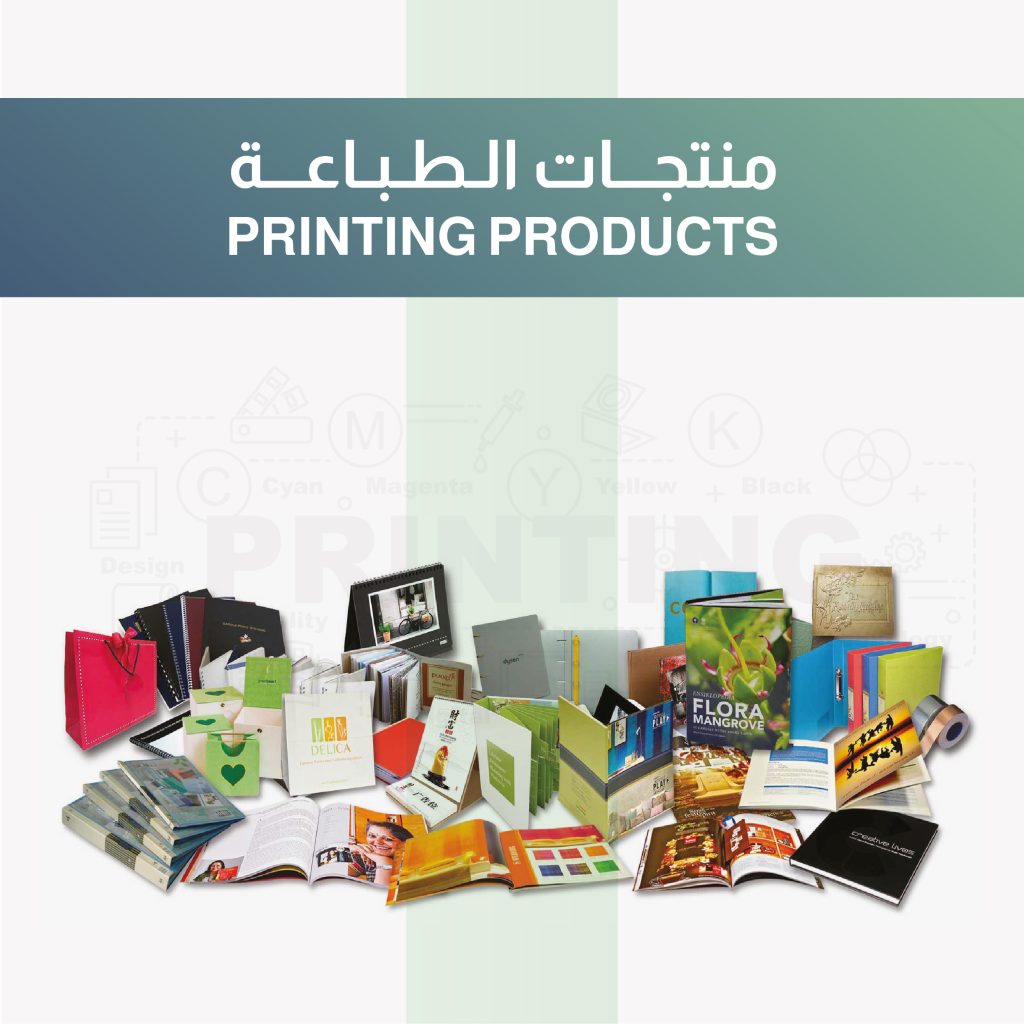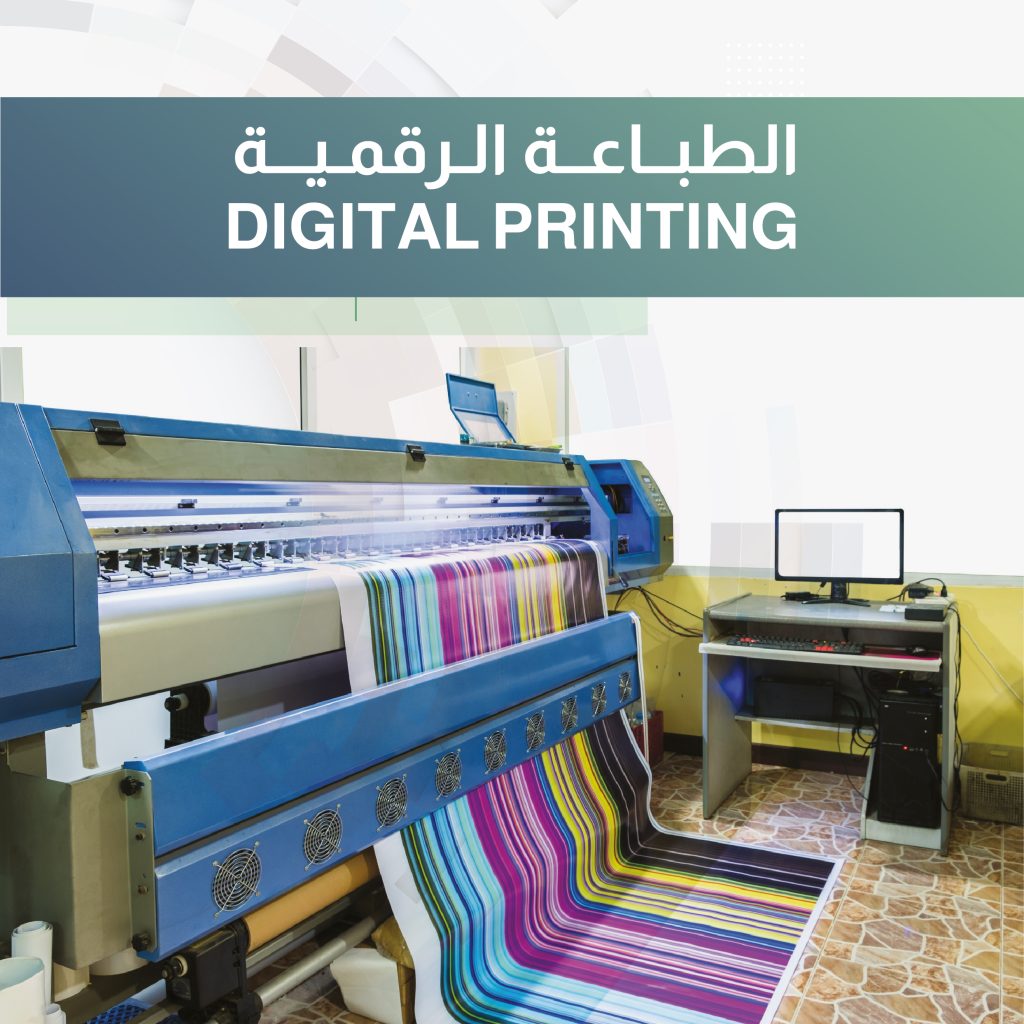How Print Campaigns Capitalise on Screen Fatigue
In today’s hyper-connected world, we’re constantly inundated with digital information—from social media updates and emails to ads and notifications. This constant stream of digital content has led to what experts call “screen fatigue,” a phenomenon where people feel overwhelmed, mentally exhausted, and disconnected due to prolonged exposure to screens. As a result, many individuals are increasingly seeking ways to disconnect from their devices and experience something tangible.
Print marketing has emerged as a refreshing antidote to this digital overload. While digital ads often compete for fleeting attention in a crowded online space, print materials offer a rare, calming alternative—allowing consumers to engage in a more focused, meaningful way. Whether it’s a beautifully designed brochure, a carefully crafted flyer, or a personalized direct mail piece, print campaigns are helping brands build lasting connections by providing a break from the screen. In this article, we’ll explore how print campaigns are capitalizing on-screen fatigue, offering a unique opportunity for brands to reach audiences with a message that resonates beyond the digital noise.
What is Screen Fatigue and Why is It Affecting Consumers?
Screen fatigue, also known as digital eye strain or tech overload, occurs when individuals experience physical and mental exhaustion from prolonged exposure to screens. Symptoms include eye discomfort, headaches, and a general sense of overwhelm. As people spend increasing amounts of time on digital devices, both for work and leisure, they become less engaged with the overwhelming flow of online content. Studies show that the average person spends over 6 hours a day staring at a screen, making it harder to concentrate and process information effectively.
Key Signs of Screen Fatigue:
-
Eye strain and dryness
-
Difficulty focusing on tasks
-
Increased stress levels
-
Reduced ability to retain information
Understanding the impact of screen fatigue on consumers is key for marketers who aim to reach an audience that is overwhelmed by digital media. So, how can brands break through this fatigue? The answer lies in print marketing.
How Print Marketing Creates a Screen-Free Connection
In an age where digital ads fight for attention in crowded spaces, print materials provide something truly unique—a tactile and engaging experience. Print campaigns cut through the noise of digital distractions and offer a more focused, deliberate way for consumers to connect with a brand. Whether it’s a beautifully designed brochure, a thoughtfully crafted mailer, or a magazine ad, print offers a moment of respite that digital marketing can’t replicate.
Benefits of Print Marketing in the Age of Screen Fatigue:
-
Enhanced Engagement: Unlike digital ads that are often glanced at for a fraction of a second, print materials invite thoughtful interaction. People spend more time with print materials, allowing for deeper engagement.
-
Physical Connection: The tactile nature of print allows consumers to feel a physical connection to a brand, which enhances emotional engagement and creates a lasting impression.
-
Escape from Digital Overload: Print provides a rare opportunity for consumers to unplug and experience content without the constant barrage of notifications or distractions.
How Forward-Thinking Brands are Using Print to Combat Screen Fatigue
Leading brands are leveraging print marketing as a strategic tool to not only reach audiences but to provide an antidote to the over-saturation of digital media. By using print to create a pause from the constant screen time, brands can make a memorable impact on consumers who are actively seeking out a digital detox.
Examples of Effective Print Campaigns:
Luxury Brands: High-end fashion and lifestyle brands use beautifully designed catalogs and direct mail to engage their customers in a way that feels personal and premium. These print materials often feature high-quality images and rich textures that encourage customers to pause, appreciate, and connect with the brand.
Eco-Friendly Campaigns: Brands that emphasize sustainability are using eco-friendly print materials to align with their values. By focusing on natural, recycled materials, these campaigns not only promote the message of environmental consciousness but also offer a refreshing contrast to the digital overload.
Personalized Direct Mail: Instead of generic emails or online ads, brands are creating personalized direct mail that speaks directly to the customer’s preferences. Personalized print materials often generate higher response rates because they create a more intimate, meaningful connection.
Print’s Role in an Omnichannel Marketing Strategy
While print marketing can offer a refreshing break from screens, it works best when integrated into a broader omnichannel marketing strategy. Brands that combine print with digital efforts create a harmonious experience for consumers, where print materials guide them through the journey and enhance their digital experiences.
Examples of Omnichannel Integration:
-
QR Codes on Print Materials: Incorporating QR codes in print ads allows consumers to seamlessly transition from print to digital. This bridges the gap between physical and digital marketing, offering a cohesive experience that allows brands to continue the conversation across different touchpoints.
-
Interactive Print Ads: Some brands have taken print campaigns to the next level by integrating augmented reality (AR). These campaigns invite consumers to scan print ads with their mobile devices to unlock additional digital content, combining the best of both worlds—tangible and virtual.
Why Print Marketing Resonates with Today's Consumer
In a time when ads and content on their screens constantly bombard people, print offers a rare opportunity for brands to stand out and create a deeper connection with their audience. The unique, tactile experience that print provides makes it easier for consumers to remember the message and engage in a way that feels authentic.
Psychological Impact of Print Marketing:
- Memory Retention: Research has shown that people are more likely to remember information presented in print than on digital devices. This is because print engages the brain differently, encouraging slower, more deliberate processing.
- Emotional Resonance: Print materials’ physicality creates a sensory experience that digital media cannot replicate. This emotional connection can be particularly impactful in building brand loyalty.
As the digital world continues to evolve, print marketing provides a unique opportunity for brands to cut through the noise and create meaningful, lasting connections with consumers. By offering a break from the screen, print campaigns resonate with audiences who are craving a digital detox. For brands looking to stand out in an age of digital overload, print marketing is an invaluable tool to engage, inform, and connect in a way that feels personal and lasting.




